Genna great Martyrdom in 1622, 元和の大殉教
25 years after the martyrdom of the 26 Saints, the blood of Christians was shed
once again at Nishizaka in Nagasaki.
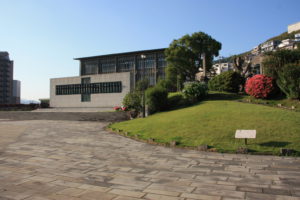 |
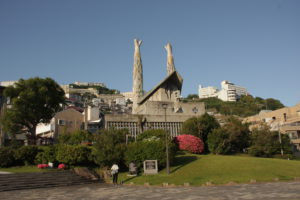 |
55 Christians were martyred who were arrested at Suzuta Prison in Omura and
Kurusu Prison in Nagasaki.
These included Italian missionary Carlo Spinola and Portuguese missionary
Domingos Jorge.
Rokubei, 六兵衛
Rokubei is a local cuisine in Shimabara.
In 1792, Shimabara Disaster was occurred that Mt. Mayuyama exploded and caused
major damage due to landslides entire area of Shimabara.
After that, the Shimabara Peninsula experienced a food crisis, and sweet potatoes
became the staple food.
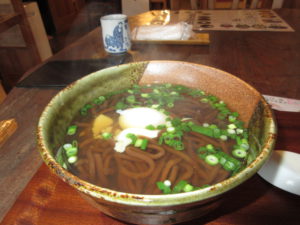 |
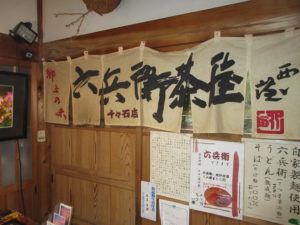 |
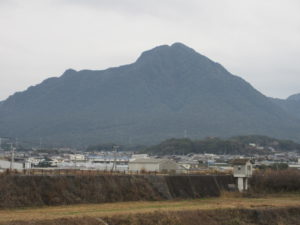 |
Rokubei is a noodle dish using sweet potatoes invented by farmer Rokubei.
The sweet potatoes were powdered, yams were added, and kneaded in boiling
water to make udon-like noodles.
Ban on Christianity in 1614
The number of Christians in Japan continued to increase, and reaching 300,000 in 1614.
Fearing the ever-increasing number of Christian rebellions, Tokugawa Shogunate finally
issued a ban on Christianity in Nagasaki in 1612, and two years later in 1614 throughout
the country in Japan.
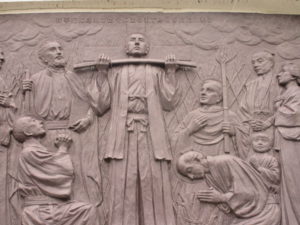 |
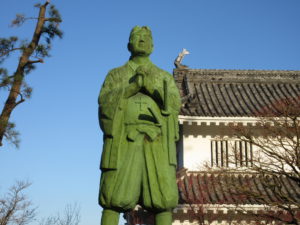 |
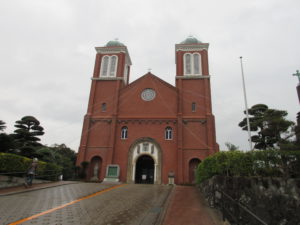 |
After that, the history of martyrdom began in various places.
・in 1617, 4 missionaries were martyred in Omura
・in 1622, Genna great martyrdom (55 Christians) at Nishizaka
・in 1622-24, Ikutsuki and Nakae-no-shima island martyrdom
・from 1627, Unzen jigoku martyrdom
・1633, Nakaura Julian martyred in Nishizaka
・in 1637, Shimabara Rebellion
・in 1644, Konishi Manjo martyrdom, Domestic priests become absent
・in 1657, Persecution of Christians in Omura
・in 1790, Persecution of Christians in Urakami
・in 1839, Persecution of Christians in Urakami
・in 1856, Persecution of Christians in Urakami
Hatsu-moude, 初詣
Hatsu-moude is one of Japanese custom that first visit of the year to Shrines
or/and Temples.
Literal meaning of Hatsu is first and moude is pray.
Most Japanese people visit Shrines and/or Temples at the beginning of the year
to pray for happiness for the year.
What they pray are variety such as safety and health of family, business prosperity,
traffic safety, a good harvest in agriculture, a big catch in the fishing industry,
prevention of natural disasters, etc.
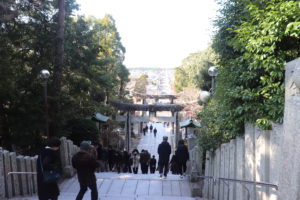 |
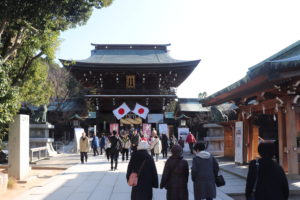 |
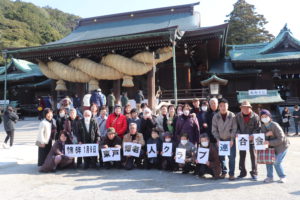 |
Nagasaki was a small Rome
Todos os Santos Church, the first church in Nagasaki, was built in 1569.
Federal lord Omura and the Jesuits made an agreement to make Nagasaki
a port for trade with Nanban. (Portugal and Spain) in 1570.
Nagasaki Port was opened and the first Portuguese ship arrived in 1571.
And development of the town of cape was started as Christian town in 1571
and the small Church of San Paulo was constructed at the tip of cape.
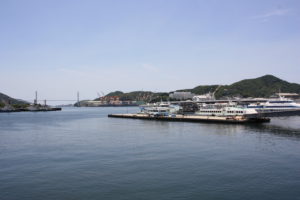 |
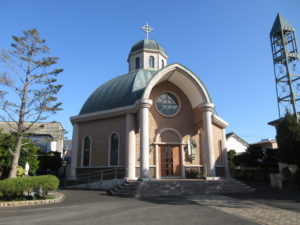 |
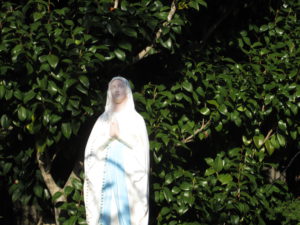 |
After that following Churches were constructed.
Misericordia Headquarters Church in 1583
Santa Maria Church in 1600
Santa Clara Church in 1603
Santiago Church in 1604
San Juan Petista Church in 1605
San Antonio Church in 1606
San Pedro Church in 1607
San Francisco Church in 1611
San Agustin Church in 1612
For 45 years after the first church was built, Nagasaki developed as a Christian town,
and by 1614, most of the 25,000 people were Christians.
It was as if Nagasaki was a small Rome.
However, due to the Tokugawa Shogunate’s Ban on Christianity in 1614, most of the
church buildings were destroyed within 15 days from November 3rd.
Variety of local cuisines in Aso and Kumamoto
Dago-jiru, Takana-meshi and Basashi
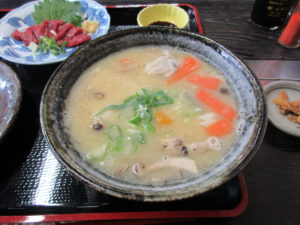 |
Dago-jiru Soup cuisine used dumpling (dago) made by rolling flour, and also a lot of ingredients are included such as vegetables and meat. |
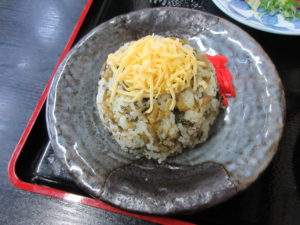 |
Takana-meshi (rice) Made by frying Takana (Cruciferous leafy vegetables) chopped in oil and mixing it thoroughly with freshly cooked rice |
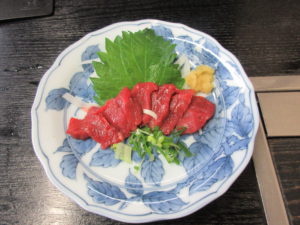 |
Basashi Kumamoto’s local dish of thinly sliced horse meat |
Michino-eki, 道の駅
Michino-eki means Road Station in Japan and provides places for travellers to rest,
they are intended to promote local tourism and trade.
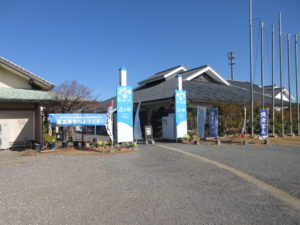 |
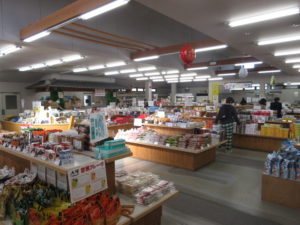 |
 |
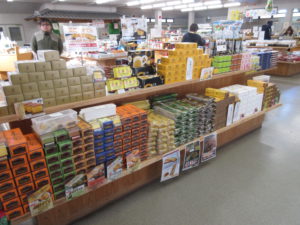 |
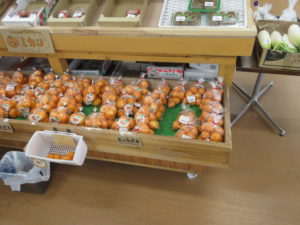 |
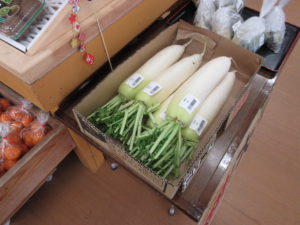 |
There are local shops such as agricultural products (fruits, vegetables, flowers etc. ) ,
seafood, snacks, souvenirs and other goods.
And also, some Michino-eki has reataurants.
26 Saints are the first martyrs in Japan
26 Christians arrested in Kyoto who were consisted of 20 Japanese, 4 Spaniards,
1 Mexican, and 1 Portuguese.
They were forced to walk barefoot to Nagasaki for about a month.
On February 5, 1597, all 26 Christians arrived at Nishizaka and were tied to Crosses.
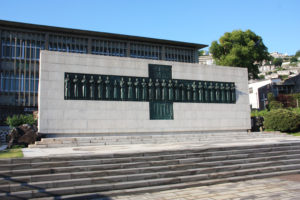 |
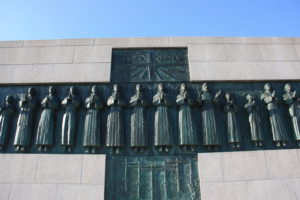 |
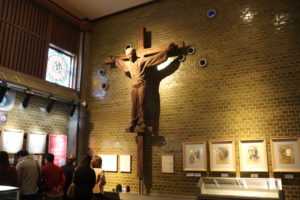 |
Paul Miki said from the Cross
All of you who are here, please listen to me.
I did not com from the Philippines, I am a Japanese by birth, and a brother of the Society
of Jesus.
I have committed no crime, and the only reason why I am put to death is that I have been
teaching the doctrine of our Lord Jesus Christ.
I am very happy to die for such cause, and see my death as great blessing from the Lord.
At this critical time, when you can rest assured that I will not try to deceive you, I want to stress
and make it unmistakably clear that man can find no way to salvation other than the Christian
way. The Christian law commands that we forgive our enemies and who have wronged us.
I must therefore say here that I forgive Taikosama (Hideyoshi).
I would rather have all the Japanese become Christians.
(From Luis Frois’s Martyrs Records, 1597)
Jan. 4, 2024
Eel cuisne, Unagino seiro-mushi, 鰻のせいろ蒸し
The eel cuisine created in Yanagawa.
The grilled eel is placed on the rice sprinkled with special sauce and
steamed in a bamboo steamer.
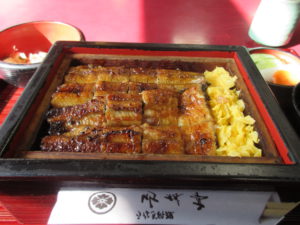 |
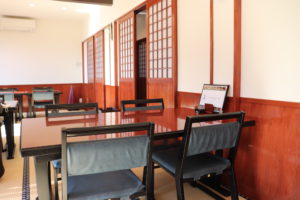 |
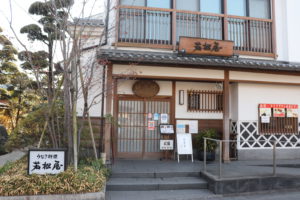 |
Each restaurant has own special sauce.
Causes of the Martyrdom of 26 Saints
In 1596, the Spanish ship San Felipe, heading from the Philippines to Mexico, washed
ashore on the Tosa-Urato coast due to a typhoon.
Shogun Toyotomi Hideyoshi confiscated the ship’s vast cargo.
At that time, the navigator said that Spain first send Christian missionaries to increase
the number of believers, and then eventually conquer the country.
When Toyotomi Hideyoshi heard this, he was shocked and ordered the capture of
Spanish Franciscan missionaries who were actively carrying out missionary activities
in Kyoto.
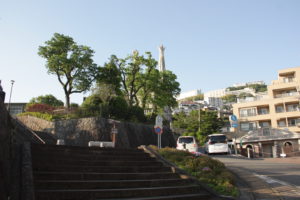 |
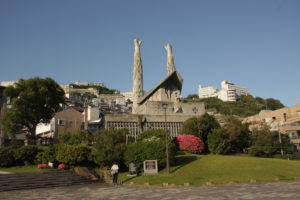 |
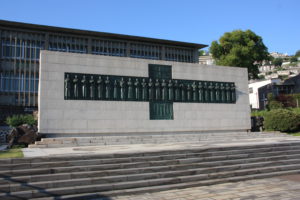 |
Then, he ordered Ishida Mitsunari to execute Franciscan missionaries and Christians.
This was the beginning of the Martyrdom of 26 Saints in Nagasaki on February 5, 1597.
Dec. 31, 2023
